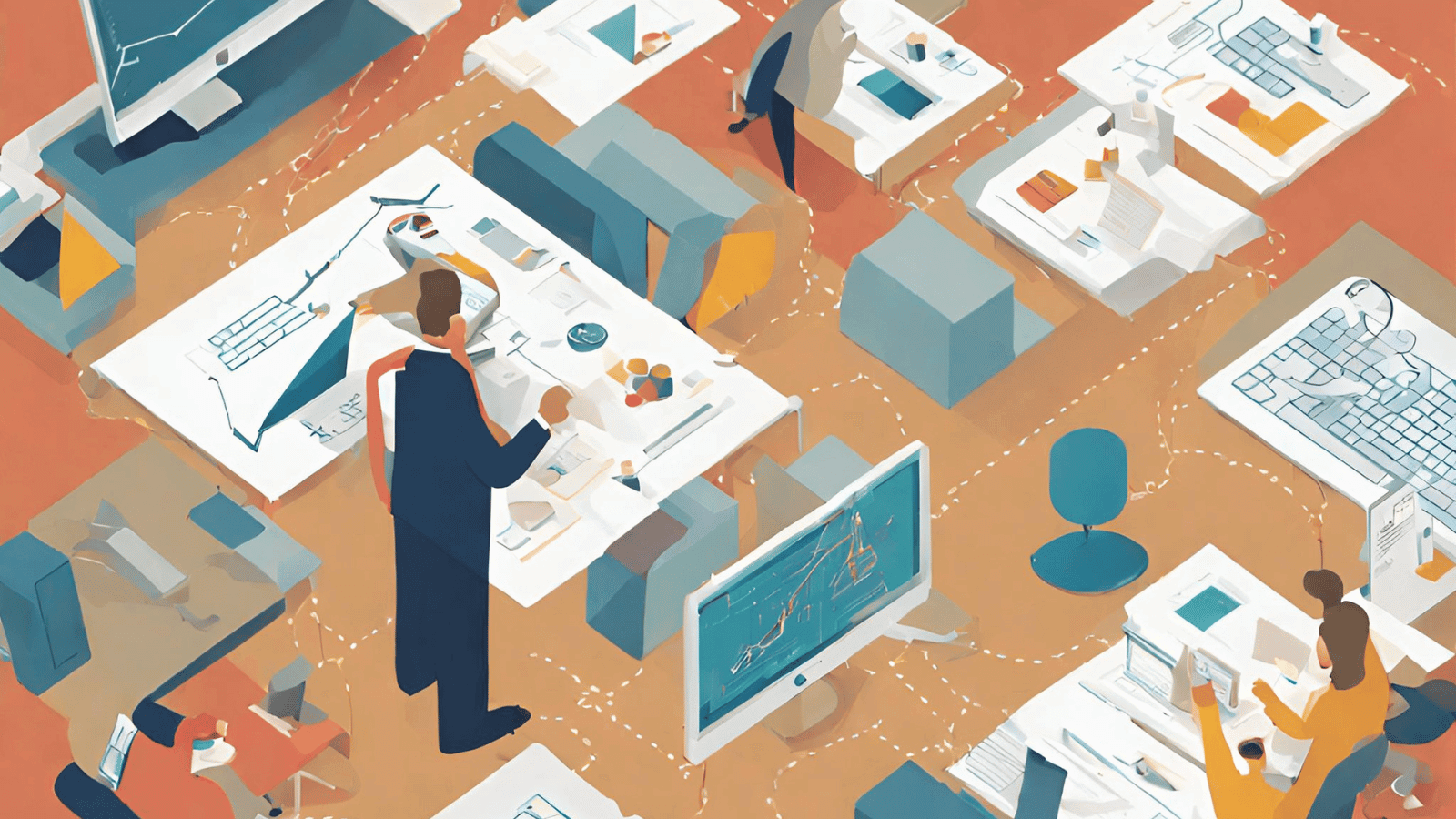Continuous learning is the cornerstone of personal and professional growth. In a world that’s rapidly evolving, staying ahead means embracing the journey of learning new skills and adapting to change. This commitment not only ensures your relevance in the workplace but also opens doors to endless possibilities for career advancement. Let’s dive into practical steps to foster continuous learning and overcome common hurdles along the way.
Acknowledging the Need for Growth
The most successful individuals recognize the power of continuous learning. Regardless of your current skill set, it’s vital to understand that what you know today may not suffice tomorrow. Jappreet Sethi, a renowned leadership coach, and HR expert, once said, “The ability to continuously learn and adapt is the most significant investment you can make in your future.” This mindset is crucial for anyone aiming to secure their employability and income stream in the years to come.
For example, a software developer proficient in current technologies understands that to remain valuable, they must learn emerging programming languages and development methodologies. Ignoring this need for continuous learning could lead to obsolescence and missed career opportunities.
Facing Our Shortcomings
It’s human nature to shy away from our weaknesses or to defend ourselves against criticism. However, overcoming this instinct is crucial for growth. Some might blame external factors for their shortcomings, while others may hope these deficiencies simply disappear over time. The reality is, confronting these areas head-on is essential for development.
Imagine a project manager who struggles with time management but blames their team for missed deadlines. By failing to acknowledge and address this weakness, the individual not only hampers their growth but also risks their team’s success.
Starting with Self-Awareness
The journey to continuous learning begins with self-awareness. Transitioning from being unaware of your strengths and weaknesses to recognizing them is a critical first step. Soliciting 360-degree feedback or opinions from a close circle can provide valuable insights into areas needing improvement and those where you excel.
Consider a marketing professional who, through feedback, discovers an unrecognized talent for data analysis. This revelation could steer their career towards data-driven marketing strategies, a domain they previously hadn’t considered exploring. Neglecting this step could mean missing out on leveraging hidden strengths.
Analyzing and Prioritizing Feedback
Once feedback is gathered, categorizing it helps identify clear strengths, overused strengths, hidden talents, blind spots, weaknesses, and unexplored areas. This structured approach enables targeted personal development efforts.
For instance, a leader might realize their decisive nature is perceived as domineering. By moderating this trait, they can transform their leadership style to be more inclusive, enhancing team collaboration. Ignoring such feedback could lead to a disengaged and less productive team.
Addressing Overused Strengths
An overused strength can become a liability. Recognizing when a positive trait is applied excessively is crucial to maintaining a balanced and effective approach in the workplace. For example, a detail-oriented individual may slow down projects by focusing too much on minutiae, potentially frustrating teammates.
By tempering this tendency, they can contribute more effectively to team objectives. Failure to adjust could alienate colleagues and undermine team achievements.
Tackling Development Areas
Acknowledging weaknesses is the first step toward overcoming them. Creating a development plan with specific milestones and seeking continuous feedback ensures progress. This proactive approach turns weaknesses into areas of improvement, making you a more versatile and competent professional.
Imagine an executive lacking public speaking skills. By setting goals to engage in public speaking and seeking constructive feedback, they can gradually build confidence and proficiency. Conversely, avoiding this issue could limit their career progression.
Compensating for Weaknesses
It’s important to remember that we all have limitations. Sometimes, the best strategy is to compensate for weaknesses by leveraging team members’ strengths or restructuring responsibilities. As Jappreet Sethi insightfully points out, “Focusing solely on your weaknesses is like trying to fill a bucket with a hole in it. Instead, capitalize on your strengths and strategically address your weaknesses.”
For example, a creative director who struggles with budget management might delegate this responsibility to a team member with strong financial acumen. This allows them to focus on their core strengths, driving creativity and innovation. Neglecting to find such workarounds can hinder personal and team success.
Continuous learning is not just a professional requirement; it’s a mindset that fuels growth, innovation, and success. By embracing this journey, you ensure your place in the future workforce, ready to tackle new challenges and seize opportunities. Remember, the path to mastery in continuous learning is paved with self-awareness, feedback, and the courage to face and compensate for weaknesses. Let’s make continuous learning not just a goal but a way of life, unlocking our full potential in the process.










